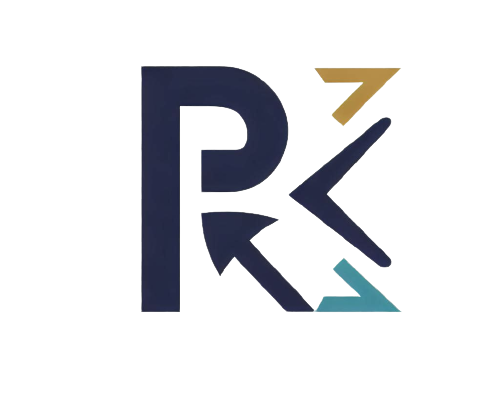Understanding the Broken Link Blues
A broken link is like a bridge that suddenly collapses, leaving users stranded on one side, gazing at the unreachable destination on the other. It occurs when a hyperlink, which is supposed to seamlessly connect one webpage to another, leads to a destination that no longer exists. The result? Users are greeted by the disheartening 404 error page, signaling the absence of the intended content.
 The broken link blues extend beyond momentary frustration. They can tarnish the credibility of your website. Users may question the reliability of the information, and search engines may interpret broken links as a sign of neglect, potentially impacting your website’s search rankings. In essence, the broken link blues are about maintaining trust and a positive user experience.
The broken link blues extend beyond momentary frustration. They can tarnish the credibility of your website. Users may question the reliability of the information, and search engines may interpret broken links as a sign of neglect, potentially impacting your website’s search rankings. In essence, the broken link blues are about maintaining trust and a positive user experience.
Now, how can we navigate this digital terrain? The key lies in adopting a proactive rather than a reactive approach. Waiting for users to stumble upon broken links is akin to waiting for a flat tire before checking your car’s health. Proactive measures involve regular check-ups, using tools, and implementing strategies to identify and fix broken links before users encounter them.
From an SEO perspective, the broken link blues can cast a shadow on your website’s search rankings. Search engines value user experience, and a seamless navigation journey is a significant factor. Broken links disrupt this journey, potentially leading to higher bounce rates and decreased user engagement, which can, in turn, impact your website’s visibility on search engine results pages.
Putting ourselves in the shoes of users experiencing the broken link blues, we can empathize with the frustration of anticipating valuable content only to be met with a dead end. From a user’s perspective, a website that regularly updates and maintains its links communicates reliability, trustworthiness, and a commitment to providing a seamless digital experience.
Proactive Link Management
The best strategy is a proactive one. Waiting for users to stumble upon broken links is like waiting for a flat tire to fix itself. Instead, let’s equip ourselves with tools and techniques to identify and fix these culprits before they disrupt the user experience.
Regular Website Audits
Just like your car needs regular check-ups, your website deserves the same. Conduct routine website audits using tools like Google Search Console, Screaming Frog, or Ahrefs. These tools crawl through your site, highlighting broken links, and providing a roadmap for repairs.
Google Search Console
Google, the benevolent overlord of the internet, offers a handy tool—Google Search Console. This tool provides insights into how these errors may impact your search rankings. It’s like having a digital guardian watching over your website’s health.
Screaming Frog
Despite its name, Screaming Frog is a gentle companion for website owners. This spider tool crawls through your site, extracting valuable data, including broken links. It’s like a detective sniffing out potential issues, allowing you to fix them before users even notice.
Ahrefs
Ahrefs is a versatile tool that can also uncover broken links on your site. Its Site Audit feature provides a comprehensive overview of your website’s health, helping you identify and rectify broken links efficiently.
WordPress Plugins
If your website is a WordPress wonder, plugins like Broken Link Checker can be your trusty sidekick. These plugins continuously scan your content for broken links and notify you, sparing you the manual effort of scouring through every page.
Custom 404 Pages
While not a direct fix, having a custom 404 page is part of the proactive approach. When users encounter a broken link, a well-designed 404 page can guide them back into the fold with grace and humor, ensuring a positive user experience despite the detour.
Fixing Broken Links
Now that we’ve identified the culprits, let’s fix them. For internal links, update the URLs or redirect them to the correct pages. For external links, reach out to the respective site owners to update the URLs or find alternative sources. Regularly update and maintain your content to avoid future link breakages.
301 Redirects
When changing URLs, implement 301 redirects to seamlessly guide users from the old link to the new one. This prevents the dreaded 404 errors and preserves the SEO value associated with the old URL.
Link Checking Tools for Content Creation
As you create new content, use link-checking tools like Check My Links (a Chrome extension) to ensure the links within your content are valid. This proactive step prevents the introduction of broken links from the get-go.
